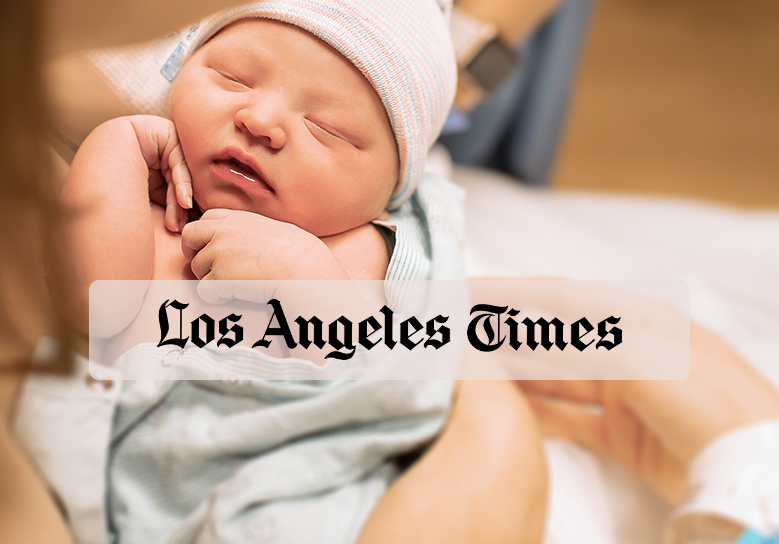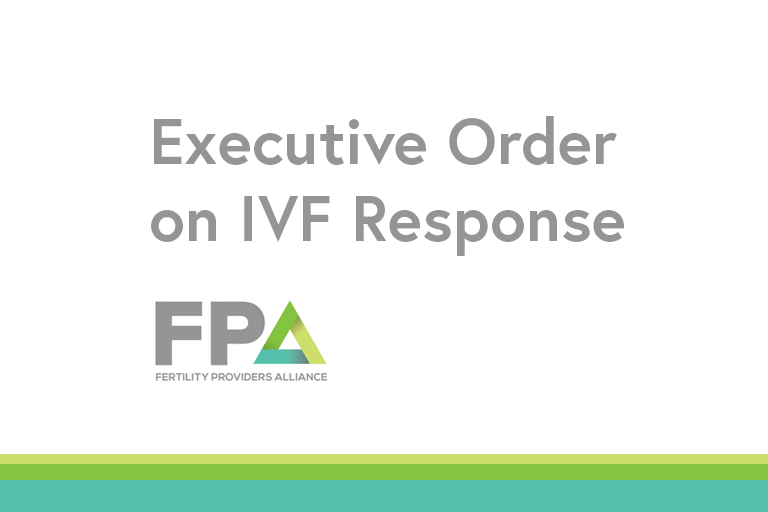In just four years, Bay Area infertility clinic cut rate of dangerous twin births by 47 percent
San Ramon, Calif. (Apr. 20, 2015) – For in vitro fertilization (IVF) patient Nicole Messian, deciding to transfer one embryo meant that she would increase her chances of having one healthy child.
“No one wants to think about bad pregnancy outcomes, but my husband and I knew we had to address those concerns head-on,” said 36-year-old Messian, a special education teacher who underwent multiple IVF cycles. “Because of my job I understood the risks associated with twins. The decision to transfer one embryo was simply to have the healthiest baby possible.”
Nicole is part of a growing trend in reproductive science called single embryo transfer (SET), where IVF patients opt to transfer one embryo to significantly reduce the chance of having multiple children and minimize risks such as premature birth, low birth weight, infant mortality and cerebral palsy, as well as physical threats to the mother.
According to a recent release of 2013 national fertility statistics by the Society for Assisted Reproductive Medicine (SART), women under 35 chose to transfer one embryo in 22.5 percent of IVF cycles, a 52 percent increase in cycles using SET over 2012.
At Reproductive Science Center of the Bay Area (RSCBA), in 2013 more than 61 percent of patients under 35 years old used SET. In the four years since the clinic began asking their patients to consider SET as a first option, RSCBA was able to cut twin pregnancies by 47 percent.
For Dr. Louis Weckstein, medical director at RSCBA and Messian’s physician, SET’s recent traction nationally is welcomed news.
“In 2010 we began advising our patients on the positive outcomes associated with single embryo transfer,” said Weckstein. “In the world of fertility there was a fear that transferring one embryo in IVF would significantly reduce pregnancy success rates. A majority of our patients are using SET and we are still well above the national pregnancy rate per cycle.”
Earlier this year Nicole and her husband Brian welcomed one healthy baby girl into the world.
Most often, elective single embryo transfer is used in patients under 38 that produce higher quality eggs – and embryos – than older patient populations. For older patients requesting SET, preimplantation genetic screening is frequently used to allow doctors to transfer the most genetically sound embryos and increase implantation rates.
[hoops name=”PR-contact”]






